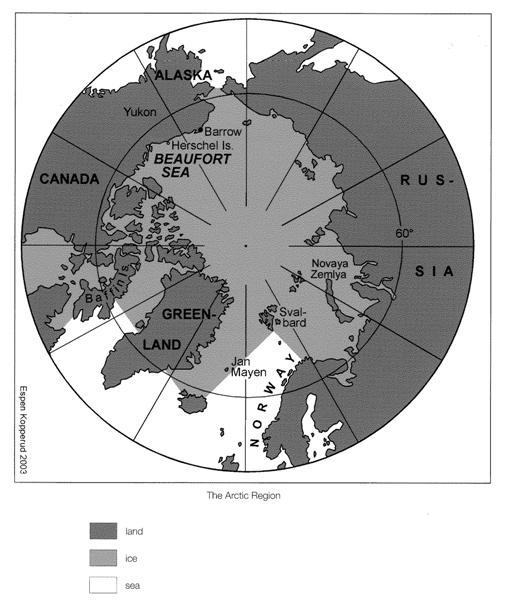 PDF Download PDF Download
Presentation available as pdf |
Background to the World Heritage Convention (1972)
The World Heritage Convention
http://whc.unesco.org/en/convention/
http://whc.unesco.org/archive/convention-en.pdf
The most significant feature of the 1972 World Heritage Convention is that it links together the concepts of nature conservation and the preservation of cultural properties. The Convention recognizes the way in which people interact with nature, and the fundamental need to preserve the balance between the two. Natural or cultural sites with outstanding universal value might be considered for inscription on the World Heritage List.
The Convention sets out the duties of States Parties in identifying potential sites and their role in protecting and preserving them. By signing the Convention, each country pledges to conserve not only the World Heritage sites situated on its territory, but also to protect its national heritage. The States Parties are encouraged to integrate the protection of the cultural and natural heritage into regional planning programmes, set up staff and services at their sites, undertake scientific and technical conservation research and adopt measures which give this heritage a function in the day-to-day life of the community.
The Operational Guidelines for the implementation of the World Heritage Convention
http://whc.unesco.org/archive/opguide05-en.pdf
http://whc.unesco.org/en/guidelineshistorical/
The “Operational Guidelines for the Implementation of the World Heritage Convention” include specific criteria for the inscription of properties on the World Heritage List, for state of conservation of inscribed properties, for Periodic Reporting and for the provision of international assistance under the World Heritage Fund.
The Operational Guidelines have been revised periodically by the World Heritage Committee to reflect new concepts, knowledge or experiences. The last revised version is February 2005.
Global Strategy
http://whc.unesco.org/en/globalstrategy/
http://whc.unesco.org/archive/global94.htm
In 1994, the World Heritage Committee adopted the Global Strategy for a Balanced, Representative and Credible World Heritage List. Its aim is to ensure that the List reflects the world's cultural and natural diversity of outstanding universal value.
By adopting the Global Strategy, the World Heritage Committee wanted to broaden the definition of World Heritage to better reflect the full spectrum of our world’s cultural and natural treasures and to provide a comprehensive framework and operational methodology for implementing the World Heritage Convention.
This new vision goes beyond the narrow definitions of heritage and strives to recognize and protect sites that are outstanding demonstrations of human coexistence with the land as well as human interactions, cultural coexistence, spirituality and creative expression.
Crucial to the Global Strategy are efforts to encourage countries to become States Parties to the Convention, to prepare Tentative Lists and to prepare nominations of properties from categories and regions currently not well-represented on the World Heritage List.

From: Cultural Heritage in the Arctic and the Antarctic Regions, ICOMOS Monuments and Sites VIII, 2004, pp. 5
World Heritage List, State Parties from the Arctic Region
Canada 14 Sites*
(6 Cultural, 8 Natural)
http://whc.unesco.org/en/statesparties/ca
10 Properties
Last Revision: 01/10/2004
http://whc.unesco.org/en/tentativelists/state=ca
Denmark 4 Sites
(3 Cultural, 1 Natural)
http://whc.unesco.org/en/statesparties/dk
5 Properties
Last Revision: 29/01/2003
http://whc.unesco.org/en/tentativelists/state=dk
Finland 7 Sites*
(6 Cultural, 1 Natural)
http://whc.unesco.org/en/statesparties/fi
6 Properties
Last Revision: 28/01/2004
http://whc.unesco.org/en/tentativelists/state=fi
Iceland 1 Site
(1 Cultural)
http://whc.unesco.org/en/statesparties/is
10 Properties
Last Revision: 18/12/2001
http://whc.unesco.org/en/tentativelists/state=is
Norway 7 Sites*
(6 Cultural, 1 Natural)
http://whc.unesco.org/en/statesparties/no
4 Properties
Last Revision: 21/06/2007
http://whc.unesco.org/en/tentativelists/state=no
Russian Federation 23 Sites*
(15 Cultural, 8 Natural)
http://whc.unesco.org/en/statesparties/ru
22 Properties
Last Revision: 06/03/2007
http://whc.unesco.org/en/tentativelists/state=ru
Sweden 14 Sites*
(12 Cultural, 1 Natural, 1 Mixed)
http://whc.unesco.org/en/statesparties/se
2 Properties
Last Revision: 12/12/2005
http://whc.unesco.org/en/tentativelists/state=se
USA 20 Sites*
(8 Cultural, 12 Natural)
http://whc.unesco.org/en/statesparties/us
72 Properties
Last Revision: 05/09/1990
http://whc.unesco.org/en/tentativelists/state=us
* (Including transboundary properties)